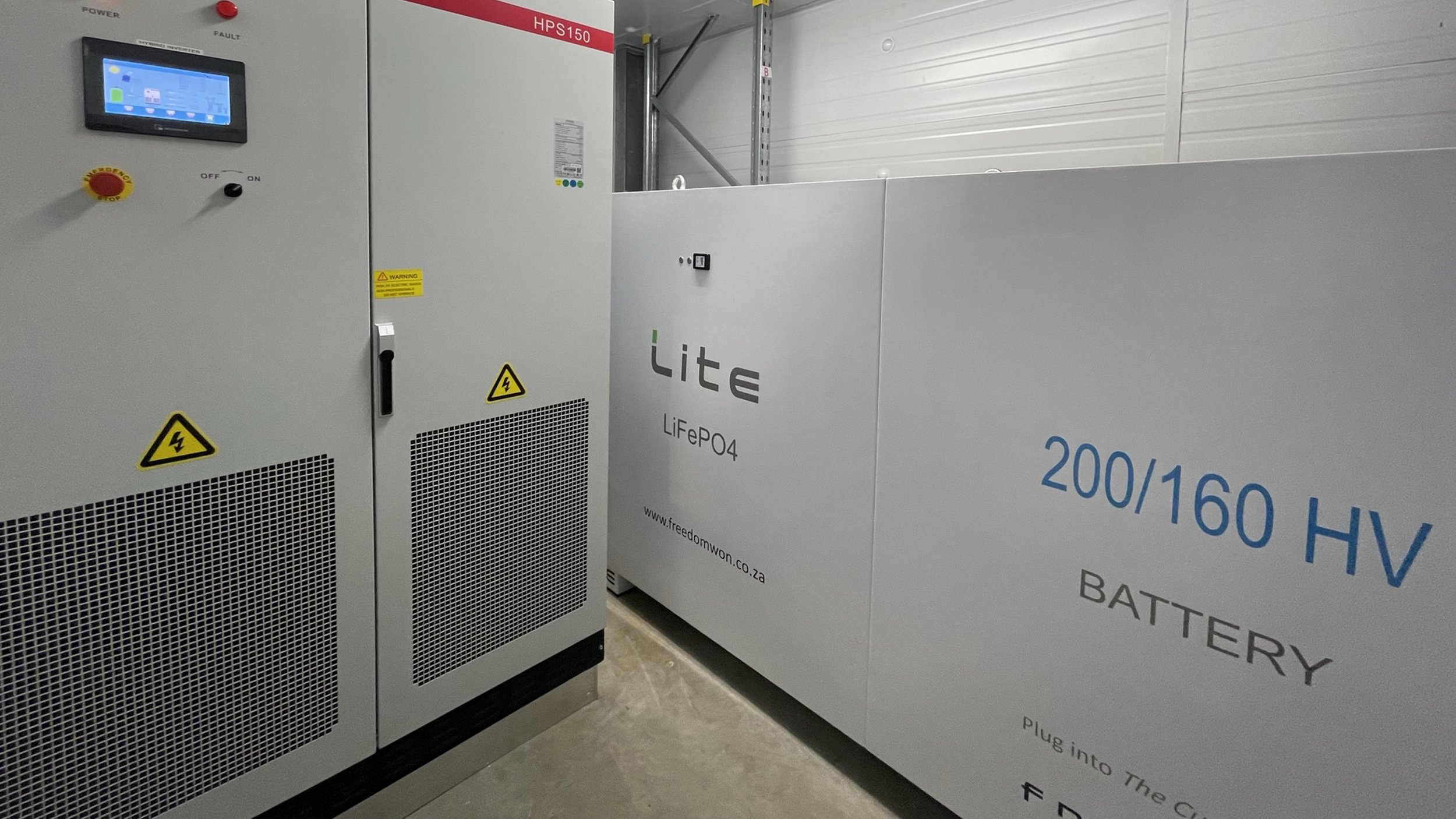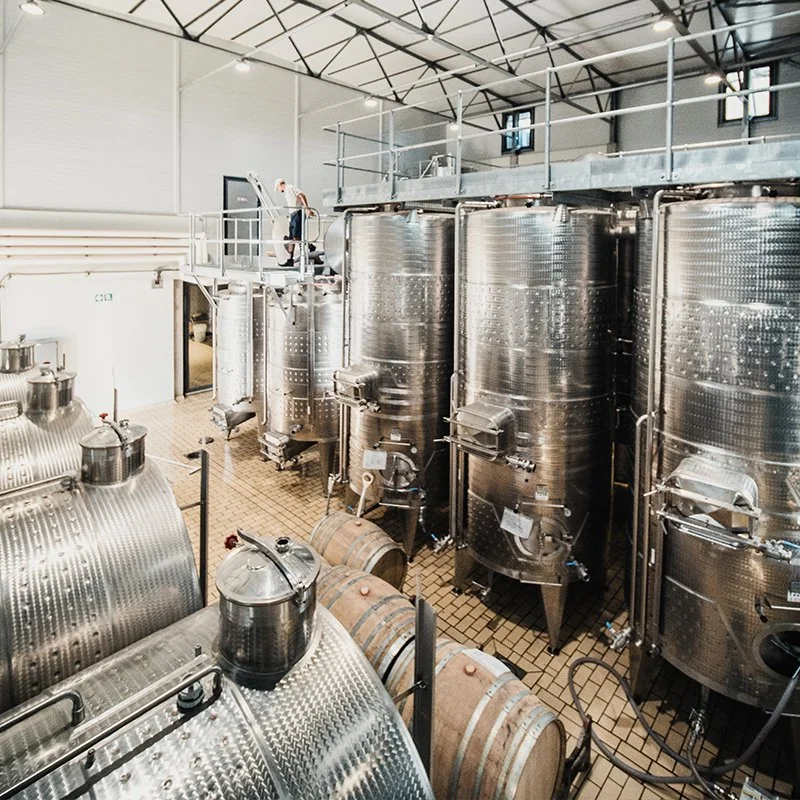
Oldenburg Vineyards
Stellenbosch
The ambition
Oldenburg Vineyards is a premium boutique winery, producing small quantities of red and white wine. Situated in the mountains outside Stellenbosch, the vineyards are managed without compromise to maximise the potential of our magnificent terroir. Set against a backdrop of stunning natural beauty their unique location inspires a sustainable approach in the vineyards. Apart from the environmental drive to consider solar energy, South Africa’s energy crisis also pushed this in producer towards taking more control of its energy supply.
Power outages have a significant impact on wine farms’ production and the wine industry as a whole. Many wineries have had to rely on generators to keep production going, despite the rising fuel prices in South Africa. The costs of running a generator are extremely high, which significantly raises production costs. Early in 2023, it was reported that a winery in the Franschoek area was spending R50,000 a month on diesel.
Producers are facing challenges, not only in the cellar but also in the vineyards, particularly with the threat of rolling blackouts during the harvest season. Where vine irrigation is required, a continuous supply of water is required. Failure to do so can have serious consequences for the quality of the grapes. Without power, key machinery such as temperature control, sorting lines, bottling and labelling cannot operate.
The solution
We designed a bespoke hybrid solar power generating and storage system, taking the farm’s needs and goals into account. A hybrid system combines a grid-tied system that is connected to the utility power grid, with the addition of energy storage.
Batteries store the excess energy that is produced onsite for use during load shedding, ensuring a more consistent supply of clean energy. Therefore, the farm’s reliance on the national power provider was reduced.
A ground mounted solution with a surface of 357m² was installed with a North-orientation, to maximise yield and to make use of an otherwise passive space. This was incorporated with an existing 100kWp roof mount solar solution. The panels now provide wonderful shade for the farm’s chickens! A temperature controlled room was created within the processing facility to house the inverter and batteries.

174kWp
Total installed capacity
246
Solar panels installed
200kWh
Battery capacity
3
Inverters installed
“We were thrilled to partner with Oldenburg Vineyards and congratulate them on moving to solar energy, and also specifically for being ahead of the curve with installing energy storage. I have no doubt that the solution will continue to make commercial sense to the farm – especially when considering the impact that loss of production and rising diesel costs would have had. We wish Oldenburg all the very best.”
Claude Peters, Managing Director, RenEnergy Africa

268,000kWh
Yield per year

Bespoke temperature-controlled battery and inverter room
The benefits
Harvesting and processing activities can continue with no or little disruption
Reduced reliance on national power provider
Average annual CO2 savings estimated at almost 120 tonnes – that’s the equivalent of 60 petrol cars driving for a year
Yield 286,000kWh per year
Reduced electricity expenditure directly impacts the farm’s operational costs
The farm uses the vast majority of its total energy consumption during the day, matching peak solar generation
Surplus energy generation is captured in the onsite energy storage to provide a secure source of renewable energy
The farm significantly reduced its environmental impact and reliance on fossil fuels
The installation provides a visible display of the farm’s commitment to the environment
CO2
Annual saving of
120 tonnes – that’s the equivalent of
60 petrol cars driving for a year
Oldenburg Vineyards
Stellenbosch
Note that all estimated performance figures are calculated using industry-standard systems and norms, assume ideal operating conditions, and would have been estimated as at the time of the installation. CO2 equivalent analogies source




